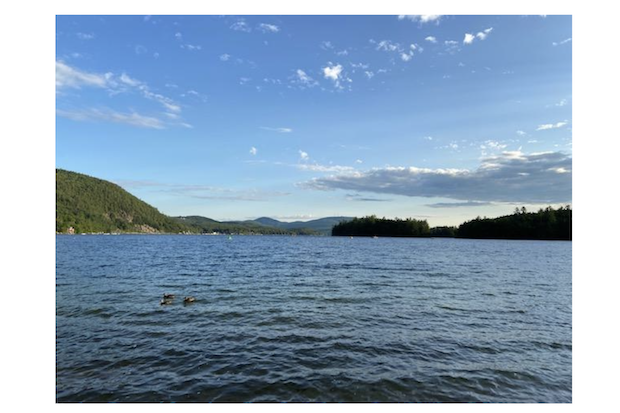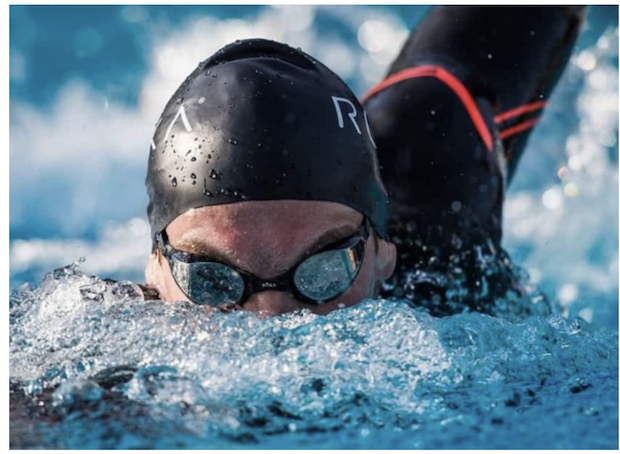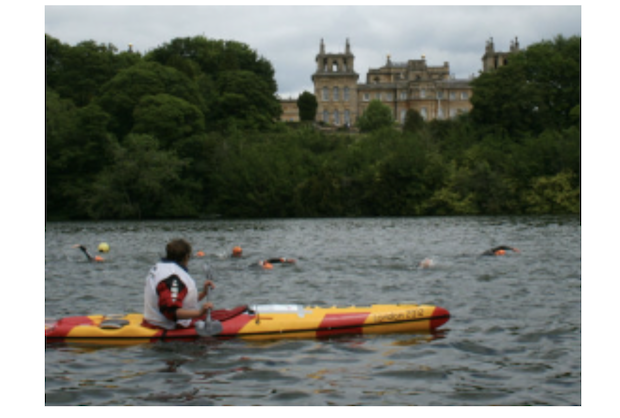Prepping for Open-Water Season

Unless you live in the south, where winters don’t get too cold, your triathlon and outdoor swimming season only lasts about half of the year. Cold air temperatures drive folks indoors to do their winter training and as a result swim sessions need to be adjusted. For some, this is a welcoming change to get to a place where you can see the bottom of the pool, build more rest into your practices, and work on technique, speed, or whatever else needs improvement. For others, the idea of leaving picturesque ponds, lakes, and oceans is hard to think about as wetsuits get put into storage. There is one thing all groups have in common though, and that’s working through the transition of pool to open water swimming, as there are some differences and adjustments that need to be accounted for.
With just a few short months left until lakes are warm enough to get into, here are some things to start focusing on or thinking about now to help with that transition back into open water swimming.

Breathing and Sighting
Outside of the environment that you’re swimming in, this is arguably the biggest difference between pool and open water swimming. Not having a line on the bottom of the pool to follow means that it’s a lot easier to swim diagonally than straight, and with the shortest distance between 2 points being a straight line, zig-zagging your way across a pond is going to add unnecessary effort.
As the weather starts to warm up, I’d recommend starting to add some sighting into your pool workouts. You may not be picking out a tree or hill in the distance to aim for but picking your head up to breathe creates a lot of drag and can interrupt the timing of your stroke. Practicing sooner rather than later can help the transition back to open water go a little more smoothly as your stroke won’t feel completely different from what you were doing inside during those cold-weather months.
Add Some Distance
With open water swimming, there’s no place to hide. You need to go from point A to point B and while you can slow down and tread water if needed there are no walls to hang on or anything of that sort. And depending on your location of choice for getting a summer swim in, you could be looking at 0.5-1.0 miles before getting to stop completely.
While pool swimming lends itself better to technique and speed work, start to increase your yardage per session. If you typically do 500-yard repeats, increase that to over 700 yards. If you only do short efforts (50s and 100s), start to do those with less rest. Increasing yards and decreasing rest though will help avoid going from doing nothing over 100 yards at a time to trying to swim a mile non-stop. It’ll definitely make that first swim a lot more enjoyable.

Gear
Time to dust off anything that’s been in storage this winter! You’ll also want to make sure everything is in good condition and replace anything you may need to. If you have a wetsuit, you’ll need to make sure there aren’t holes and it’s not completely worn down. If you use special goggles and caps for the colder water, you’ll also want to make sure those are ready to go and there is a backup pair should the need arise. Having a cap or pair of goggles break as you’re getting ready to go and there’s no backup is a frustrating moment (speaking from experience).
Strategy
Outside of the previous points (breathing practice, distance, and gear check), there are a few other points to start planning for.
While you’ll want to start increasing the distance of your pool sessions in preparation for longer open water efforts, plan what that first swim is going to look like. If you aren’t sure if doing a 1-mile effort on your first outing is a good idea, don’t do it. Knowing your capabilities is a huge key to success and enjoying your swimming. Also, if there’s ever any doubt about what your swim will look like, do your best to coordinate kayak support. The top swimmers in the world all have kayak support during practices and races, and you should too.
Regarding wetsuits, if you don’t have one and can’t afford one (they can be pricey), potentially delay your start to open water swimming an extra few weeks for the water to warm up a bit more. Wetsuits do a great job at providing not just buoyancy but also insulation. Getting into a lake too soon can open up the possibility of hypothermia, so avoiding that is extremely important for both your mental and physical health.

